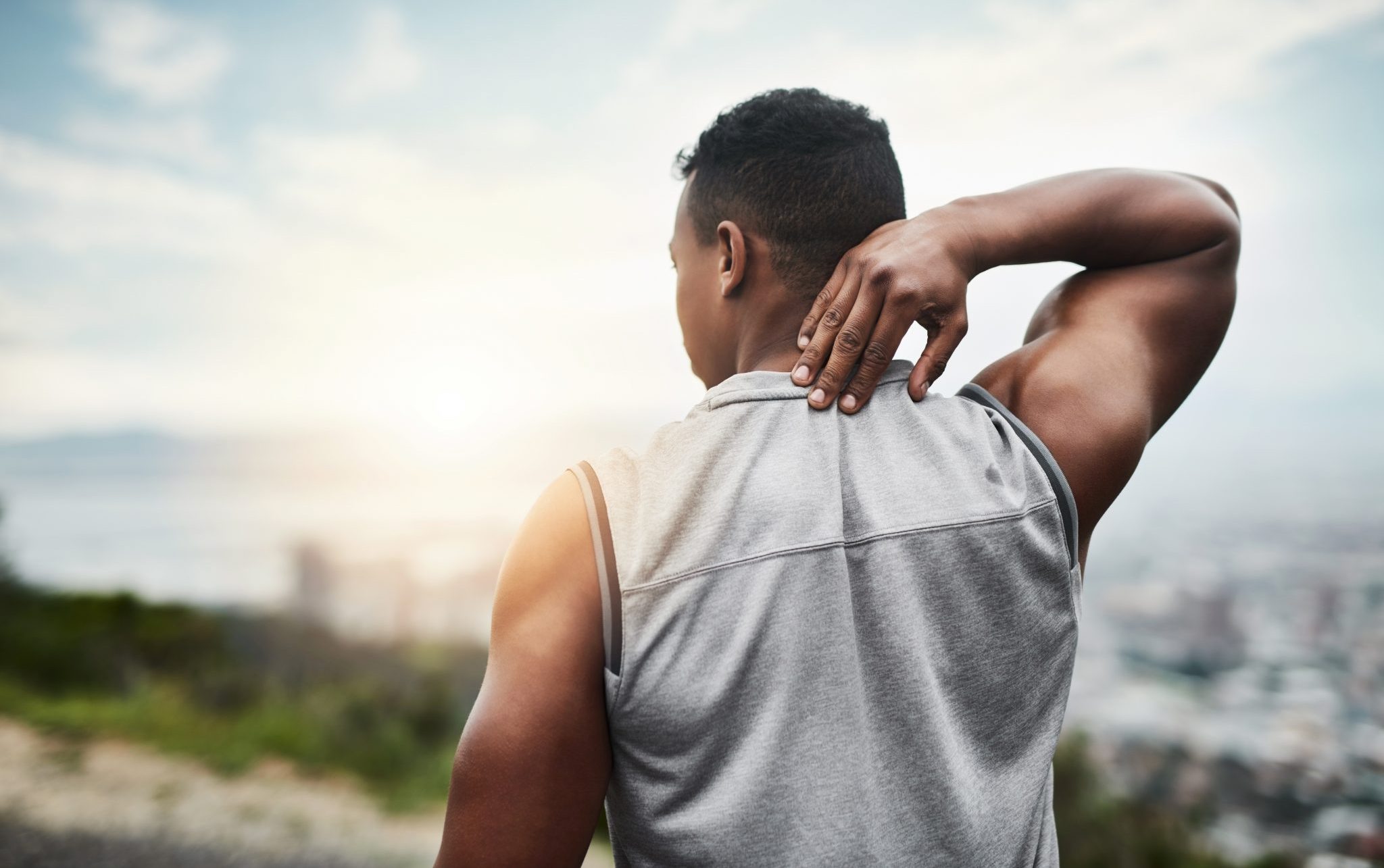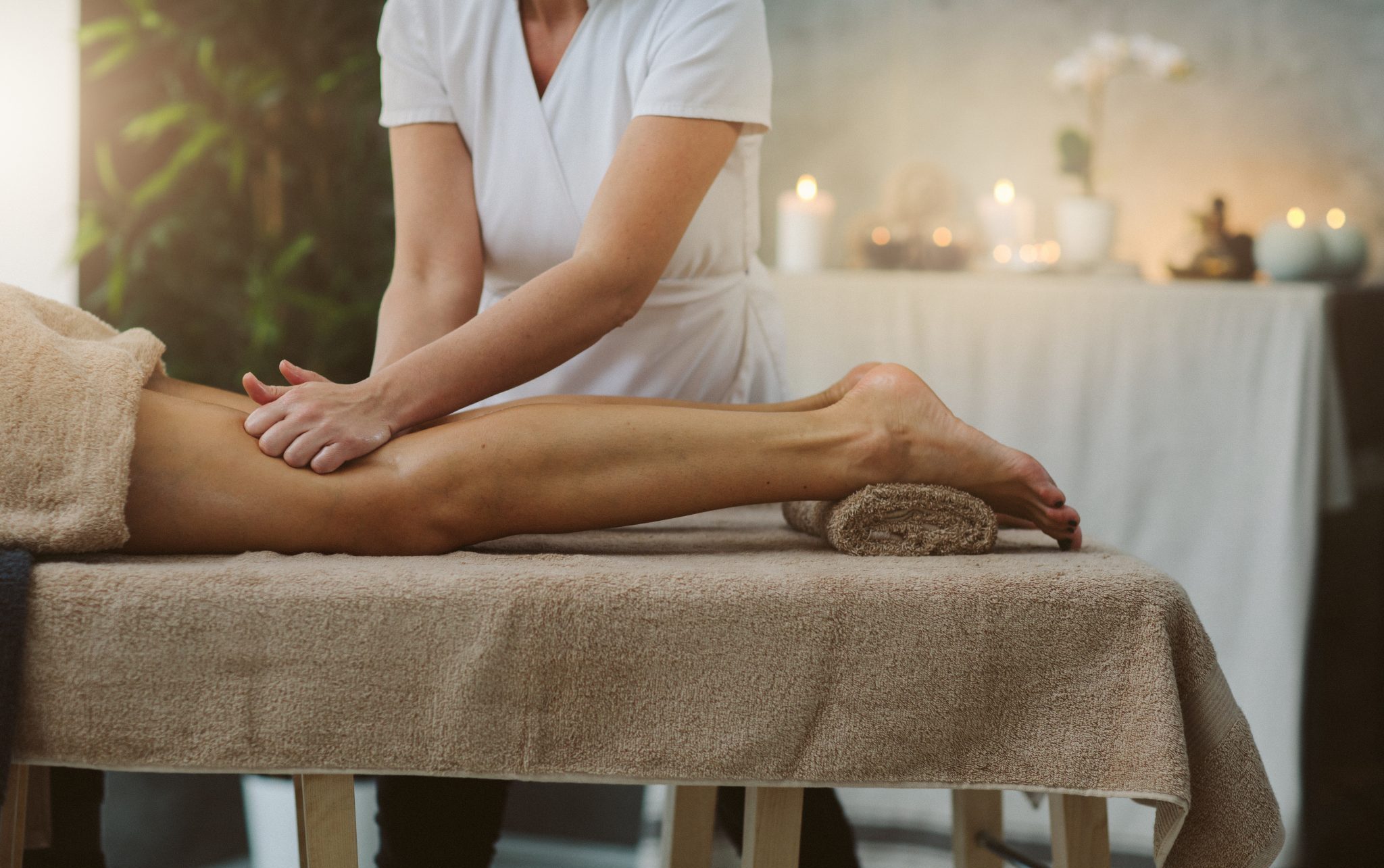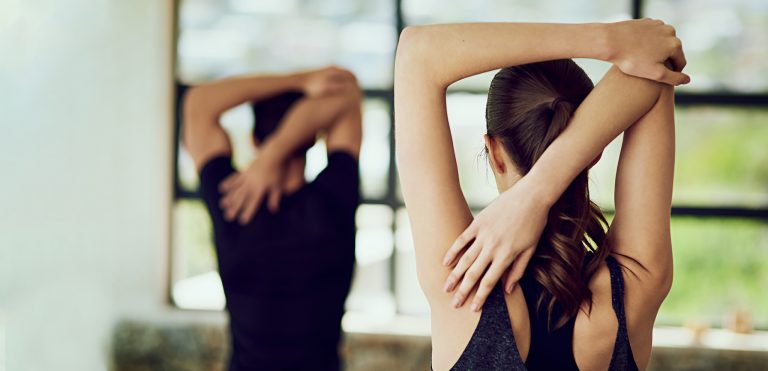Workout? Check! You went to the gym, you pushed yourself to your limits, you got that happy-hormone boost and you’re feeling pretty darn proud of yourself, and you should be. Go you! But if a couple of days later (or even the next day) you find yourself filled with aches and pains and are wondering why, this is nothing unusual, having sore muscles after a workout is a part and parcel of getting fit.
In this article we’ll uncover why you’re feeling so achy and the best ways you can relieve muscle soreness after a workout to help you get ready for round 2 (or 3, 4, 5 or 100).
Why do you experience muscle pain after a workout?
It’s happened to every one of us who have dared to set foot in a fitness class or gym for a workout (what were we thinking?!). Everything is going great, after the session you feel pumped and raring to go, but then the next day (or a couple of days later) an ache sets in that leaves you feeling if it was even worth it.
Can’t bend down to get that pen off the floor, sit on your stool in work, or even have problems opening the car door? All just because of the ache? These are common after workout symptoms. But, don’t worry, it will all be worth it in the end.
The symptoms above describe delayed onset muscle soreness (DOMS), the stiffness and soreness that follows a workout. This is microscopic damage to muscle fibers that occurs when you use your muscles in a new way or do more exercise than you are used to. Wait. Isn’t damage a bad thing?
No! Well, as long as you aren’t exercising incorrectly or doing way too much, in which case we’re talking about a different type of muscle ache, this pain is a positive sign that your fitness is slowly but surely improving. DOMS is a natural part of the fitness process and is proof you are on the right track to improving your health even if it doesn’t feel that way right now.
Note: Once you’ve been exercising for a while (aka a few months), you may notice the ache has lessened, this doesn’t indicate that your workout is any less effective, it just shows that your dedication is paying off. At this stage you’ll only notice that familiar ache if you try something new or use your muscles in an entirely different way.
Five things you can do to avoid muscle soreness
Keep moving
We don’t mean fit in another intense workout, that might be counterproductive, but don’t lie on the couch hoping it will go away. It will. But it’ll take much longer than if you keep up a little activity.
Exercise increases your circulation, the blood flow to your muscles, tissues, organs, etc. this nourishes them and helps them fix themselves.
This is why one of the best things you can do for sore muscles is to keep on the go. Why not try some walking and take in nature, go for a swim and just enjoy the weightlessness of the water or even take a gentle yoga class to stretch those muscles.
Boost your flexibility
Suffering from sore legs after a workout, and an achy everything else for that matter, then it’s time to stretch it out. Working those muscles (gently) has numerous benefits for your body, by elongating those limbs you increase blood flow to your system, allowing it to heal.
In addition, this post-workout pain relief method can improve your range of motion and make you less prone to future injuries.
For the best stretch possible, workout your individual muscle groups – arms, legs, core – with a variety of exercises. We recommend calf and hamstring stretches for your legs, bridges and side bends for your core, and arm-across-chest and arm-down-back triceps bends for relieving arm pain.
Feed your muscles
You can’t heal without nutrition, which is why giving your body the correct fuel to do its job is essential to getting your muscles back in action. Ideally, this should all start immediately after you finish your workout, with a post-gym snack or small meal to kick start your body’s repair system.
Carbs, fats, and proteins are the essential ingredients to this mix. Carbohydrates are used by the body to create fuel (aka. Glycogen), but after exercise, you might have used up a good portion of your supply. So, it’s time to replenish it with some healthy nutrients. Fries, pizza, and chips don’t count; instead focus on potatoes, vegetables, and other low-fat carbs.
Fats, the good kind, again, we repeat, not those from fast food can help your body repair fast and your muscles to grow. Adding healthy fats, such as nuts, avocados, cheese, and little dark chocolate to your post workout dish will not only task good but also ease that ache.
Protein, this is the holy grail of muscle repair. When you exercise, you breakdown your supplies of muscle protein, which means any post-workout snack should include a healthy dose of this required substance. Whether you’re a vegan or meat-eater, you can find your daily dose in a variety of foods from chicken, fish, and eggs, to nuts, seeds and grains.
If you’ve missed that post-workout window, there’s no need to worry; these nutritional rules still apply while you get your muscles back from sore to super. However, note, that the earlier you take action, the better.
Hydrate and refuel
Your body is approximately 60% water, give or take depending on age, gender, and fitness level, when you exercise (or do any activity) you sweat, and this leads to water loss. To prevent cramps, dizziness, and muscle pain, it’s vital that you stay hydrated before, during, and after your workout session.
In addition, there is also evidence to suggest that insufficient hydration could leave your body packing more waste products than it needs. This is because water removes and flushes toxins from your system, so dehydration can cause additional muscle pain.
Our top tip is to consume the recommended amount of water daily, with a little extra for increased activity days. Some athletes swear by sports drinks, and while they’re ok once in a while, remember they’re also packed with sugar alongside that those hydrating benefits. See our debate on the topic here and decide for yourself if those little extras are worth it.
Massage
You’ve done the hard work, you’ve suffered that post-workout soreness, now it’s time for a little you time. Massage is one of the more pleasant (or uncomfortable, depending on your provider) techniques you can try to get rid of that ache.
Massaging the muscles helps promote circulation throughout the body, promotes lymphatic drainage, and improves the flexibility of your joints.
Try Swedish, Deep Tissue or Trigger Point massage to truly get into those knots and creases. For something more relaxing, head to your therapist for a Hot Stone treatment or an aromatherapy massage to alleviate the tension in your body.
Bonus: Ice bath?
There’s a hot debate on whether or not the famed (and somewhat infamous) ice baths are really worth the mustard. Scientists suggest that the cold temperature helps reduce inflammation and pain post workout. However, the evidence is lacking to what degree this is true. Some athletes swear by this method while others are less likely to promote the bracing experience of dipping into a cold tub after a workout.
Some people find the technique helpful, and if you do decide to try it by yourself, remember to use caution. This applies if you have pre-existing issues with your blood pressure, heart and respiratory system, so contact your doctor before embarking on this path to find out if it is suitable.





